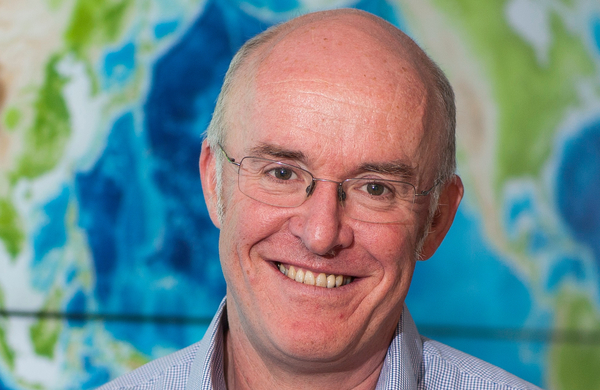Agrimetrics to partner in INRA-led consortium
SmartCow – a research network of 3,500 cattle and 30 pan-European projects – is to be created by the French National Institute for Agricultural Research (INRA) to promote innovation in the European cattle sector. UK-based Agrimetrics is supporting the consortium of ten research institutes with its expertise in big data for the agri-food industry.
Professor Richard Tiffin, chief scientific officer for Agrimetrics, explains its role: “The SmartCow research network will generate a significant amount of valuable data and Agrimetrics brings its expertise in data management to the consortium. It will create integrated data sets, increasing significantly the range of analyses that can be conducted. For example, it will be possible to combine data from different methane emission sensors to improve our understanding of how diet affects the release of this greenhouse gas from dairy farms.”
The INRA research infrastructure of ten research institutes brings together scientific and technical skills in animal nutrition, genetics, health and welfare, data management and knowledge transfer. In the UK this includes SRUC’s Beef & Sheep Research Centre, SRUC’s Dairy Research Centre, and the University of Reading Centre for Dairy Research.
Rene Baumont, SmartCow project coordinator, comments: “SmartCow will increase access to the most advanced research facilities and equipment for the cattle sector across Europe. It aims to improve the quality and ethics of cattle research through identification and promotion of best practices, new measurements techniques, and smart technologies.”
Professor Richard Dewhurst at SRUC comments: “SRUC is delighted that both its Beef Research facilities based near Edinburgh and its Dairy Research facilities at Dumfries are part of this major European infrastructure; we look forward to welcoming industry and academic groups to conduct exciting new research projects at our facilities.”
Joint research activities will include: refining methods and proxies for evaluating feed efficiency and emissions; developing new protocols to reduce the use of animals; and producing new methods to exploit sensor data for cattle husbandry.


